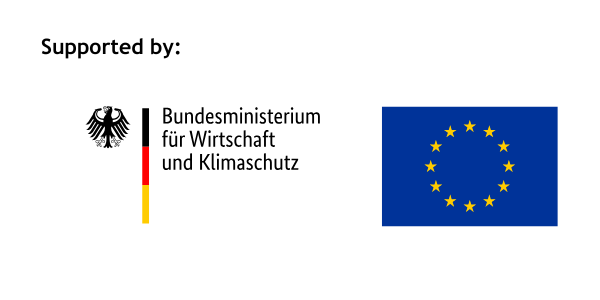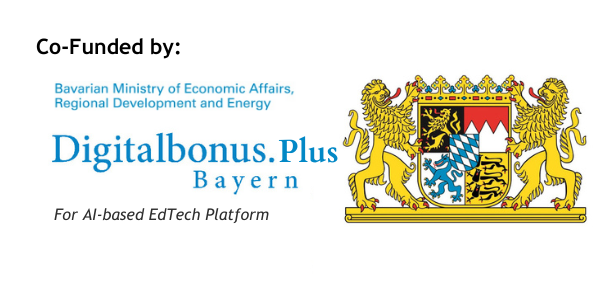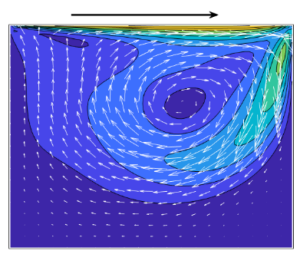
Home » Programming
Programming


AI Debugging: Faster, Safer Code for Students & Teams
Muhammad Ateeque Zaryab 26. October 2025
AI debugging blends static analysis, LLM repair, and fuzzing to ship faster, safer code—integrated into your IDE/CI, with visuals, sample code, and references.
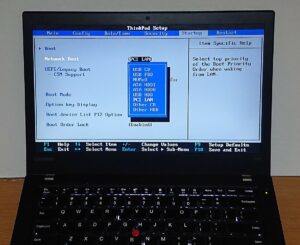
Design and Implementation of a UEFI-Compliant Bootloader for Legacy System Modernization
waqas javaid 24. October 2025
Read More »
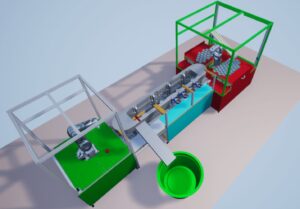
MATLAB Simulink Simulation of Conveyor and Robotic Sorting System
waqas javaid 24. October 2025
Read More »

Simulating Heat Transfer in a Radiant Heater: An Interactive Web App
Piero Favaretti 23. October 2025
When designing or testing a radiant heating element — whether it’s part of an oven, a lab heater, or a custom prototype — it’s crucial to understand how input power, surface emissivity, and convective losses affect its final temperature and efficiency.
To make this analysis simple and visual, I built an interactive web app that models the energy balance of a heater and displays both the temperature curve and the heat flow breakdown.
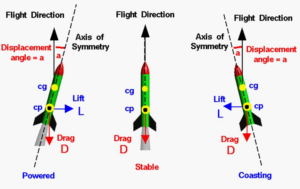
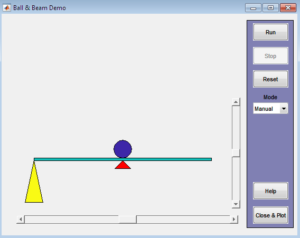
MATLAB-Based Ball and Beam Control System Simulation with GUI
waqas javaid 3. October 2025
Read More »
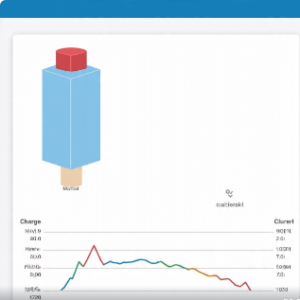
MATLAB Simulation of RC Circuit: Charge and Current Analysis
waqas javaid 3. October 2025
Read More »
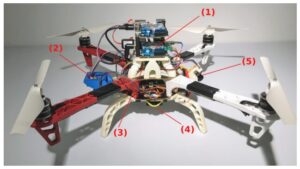
Vision-Based Path Following Algorithm for MATLAB quad-rotor
waqas javaid 22. September 2025
Read More »
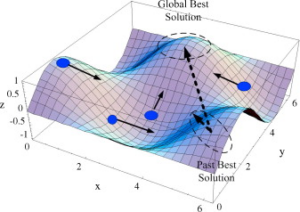
Particle Swarm Optimization (PSO) Toolbox in MATLAB: A Global Optimization Approach
waqas javaid 22. September 2025
Read More »



